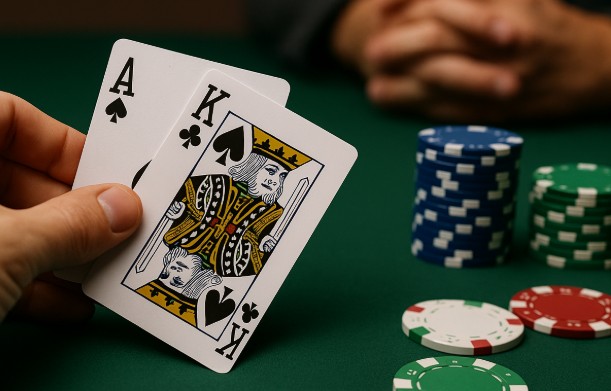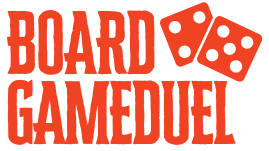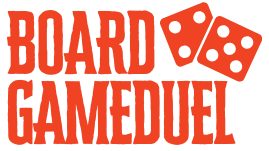Waves are all around us—from ripples in a pond to sound traveling through air. But have you ever thought about which everyday game best represents how a wave actually works? It might seem like an odd comparison at first, but games can mirror some surprisingly deep scientific concepts.
So let’s put these four popular games to the test: Hide and Seek, Tic-Tac-Toe, Poker, and Tipping Over Dominoes. Only one truly embodies the concept of a wave. Let’s find out which—and why.
First, What Is a Wave?
In simple terms, a wave is a transfer of energy from one point to another—without the medium itself moving much. Think of how a water wave moves across the surface, or how sound travels through air. The key characteristics of a wave include:
- A disturbance or trigger
- Sequential propagation
- Predictability in motion
- Energy passed without permanent displacement
With that in mind, let’s explore each game.
Hide and Seek: Movement Without a Pattern
Hide and Seek is full of motion—players scatter, hide, and search. But this movement is random, not systematic. One player hiding doesn’t “cause” another player to move in a specific sequence. There’s no single source of energy triggering a consistent chain of motion across others.
Conclusion: Too chaotic and independent to resemble a wave.
Tic-Tac-Toe: Strategic but Static

Tic-Tac-Toe is all about turns and tactics. But there’s no motion involved, and certainly no energy passed from one move to the next. Each player’s turn is isolated and doesn’t trigger an ongoing reaction. Nothing “flows” across the board.
Conclusion: Doesn’t represent wave behavior at all.
Poker: Influence, Not Energy Transfer

Poker does involve cause and effect. One player’s bluff or bet can influence others, leading to folding or raising. But these are decisions, not energy transfers. There’s no consistent or physical sequence moving through the table. It’s psychological, not mechanical.
Conclusion: Reflects influence, not wave motion.
Tipping Over Dominoes: A Perfect Wave Analogy

Here’s where things get interesting. When you tip the first domino in a chain, it falls and knocks down the next, then the next, and so on. What you’re seeing is a wave of energy moving through the row.
Let’s break it down:
- A trigger (first push) initiates the movement.
- Each domino transfers energy to the next.
- The pattern is sequential and predictable.
- The motion continues until it runs out of energy or obstacles.
Real-world users, from science teachers to engineers, actually use domino chains to demonstrate wave concepts—including amplitude, frequency, and speed. Unlike other games, dominoes visually and physically model how a wave propagates through a medium.
Conclusion: This game most accurately represents a wave.
Why the Domino Effect Matters
Beyond entertainment, the domino effect is a real-world analogy for all kinds of cascading systems—from electrical signals in a circuit to neurons firing in the brain. It’s also used in science classrooms to help students visualise wave propagation without needing complex equipment.
Want to explain how a tsunami spreads? A domino setup does the trick. Teaching resonance or wave interference? Alter the spacing or angles between tiles. It’s a powerful teaching tool in disguise.
Final Verdict
So, among the four options—Hide and Seek, Tic-Tac-Toe, Poker, and Tipping Over Dominoes—the clear winner is:
👉 Tipping Over Dominoes
It checks every box for wave behavior: initiation, sequential flow, energy transfer, and visible progression. It’s more than just a fun visual—it’s science in action.
So next time someone asks, “Which game most represents a wave?”—just give them a domino and let it fall.









